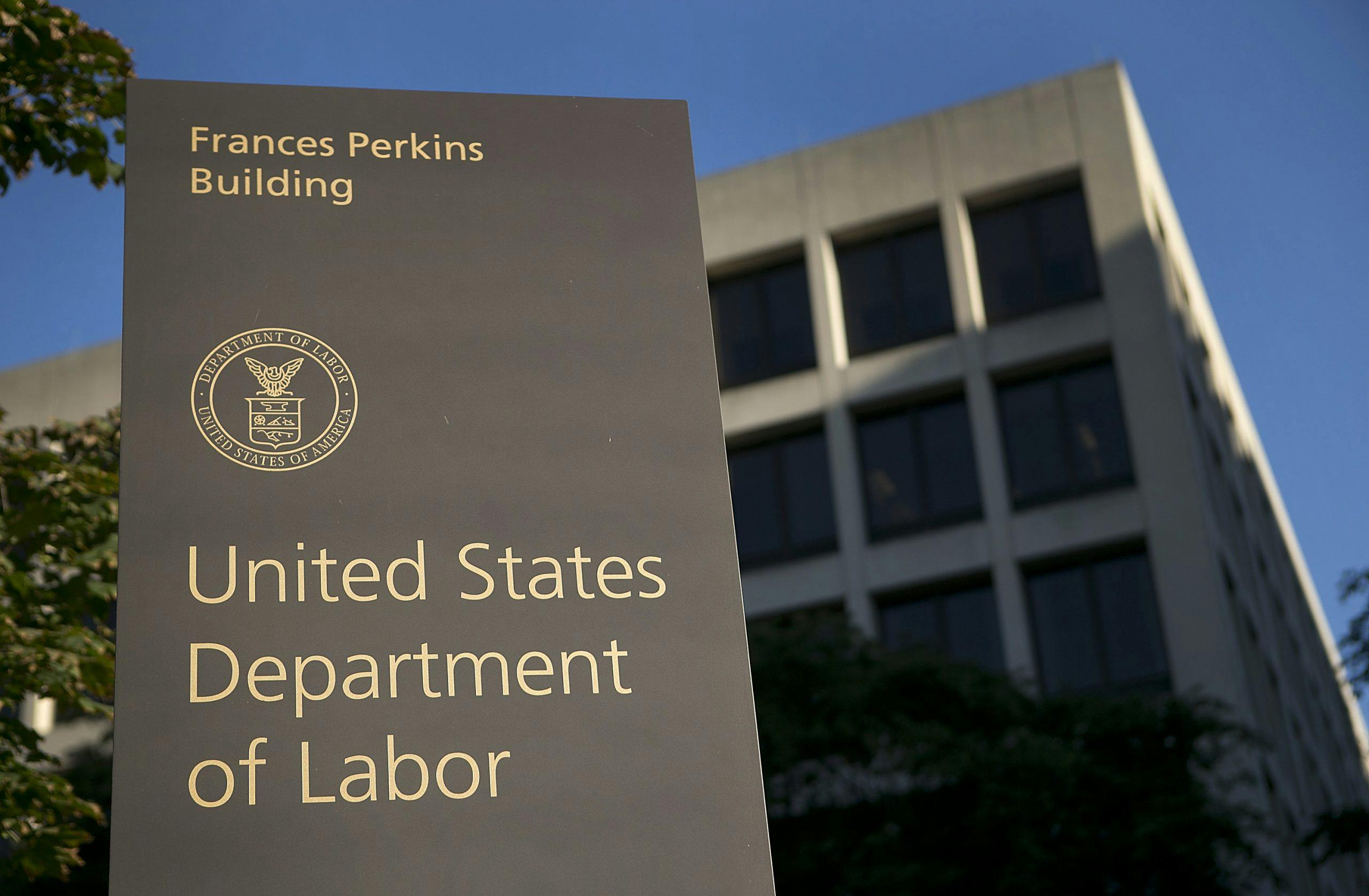Every business that has contractors or temps supplied by another company needs to be alert for the likelihood the U.S. Department of Labor will find a joint employer relationship exists.
This is as true for small employers as it is for the largest.
A lengthy Administrator’s Interpretation issued last month by the Labor Department’s Wage and Hour Division makes clear the government is intent on expanding the instances where joint employment exists.
“The growing variety and number of business models and labor arrangements have made joint employment more common,” declares Administrator David Weil at the outset of the Interpretation. Though it doesn’t push the boundaries of when a joint employer relationship exists, it does broaden its application.
More far reaching for smaller employers
TLNT posted a detailed analysis by Fisher & Phillips’ attorney Corey J. Goerdt of the Administrative Interpretation and its implications for employers in applying the Fair Labor Standards Act and the Migrant and Seasonal Agricultural Worker Protection Act (MPSA).
For smaller employers, however, the consequences of the expansion of joint employment may be even more far reaching. Employers with fewer than 50 workers aren’t subject to the provisions of the FLSA or of the Family and Medical Leave Act and the Affordable Care Act.
In the months leading up to the implementation of the Affordable Care Act, staffing firms pitched their services as a way for smaller employers to bring on the workers they needed without having to provide health care. The same has been true of compliance with the FMLA.
Now, among the consequences of the joint employer broadening is to make it possible for the Labor Department to hold small employers and their intermediary worker suppliers liable jointly AND individually for any failures to comply with the rules.
That has yet to be tested, however the Administrative Interpretation does aggregate the annual revenues of joint employers to meet the $500,000 threshold to apply the FLSA and MSPA. Similarly, the Department of Labor will aggregate all the work hours of employees who are jointly employed to calculate overtime.
Employment attorney Brian Nugent notes:
Smaller employers with less than 50 employees may think they are free of any FMLA obligations, only to find that they meet the coverage threshold if they are deemed to be a joint employer with another entity, such as a staffing agency that provides them with additional workers. Similarly, joint employer status could affect compliance under the Affordable Care Act.”
